Thank you to everyone who made this possible.


 Germany has a reputation for building technologically sophisticated submarines. The West German "Klasse 740/03" Narwal Dry Combat Submersible (German Unterwassertransportgerät, UWTG) was built and operated in secret in the final days of the Cold War. It was designed as transport for kampfschwimmers (German Navy Special Forces combat swimmers) to targets along the Baltic coast, and for intelligence missions.
Germany has a reputation for building technologically sophisticated submarines. The West German "Klasse 740/03" Narwal Dry Combat Submersible (German Unterwassertransportgerät, UWTG) was built and operated in secret in the final days of the Cold War. It was designed as transport for kampfschwimmers (German Navy Special Forces combat swimmers) to targets along the Baltic coast, and for intelligence missions.
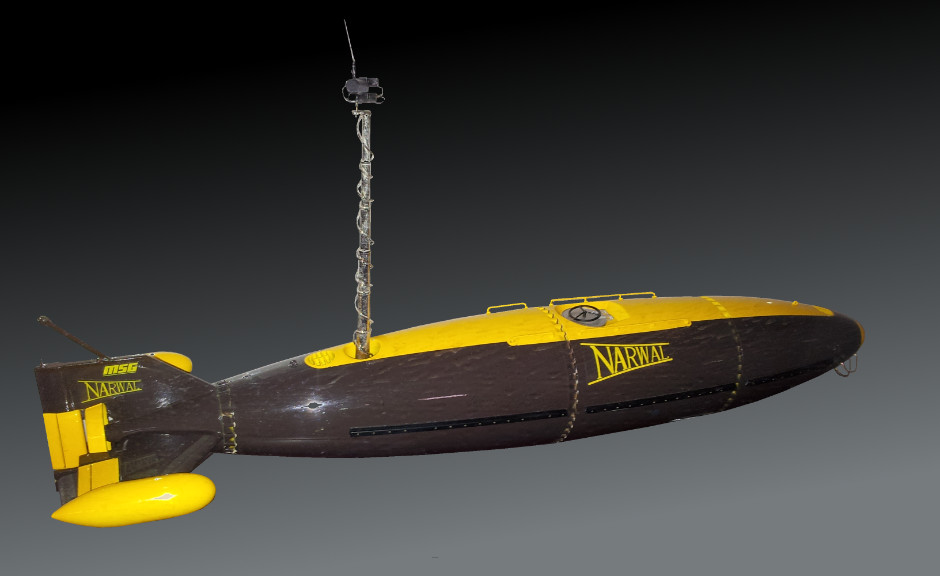
The all of the Berlin Wall in 1989 and collapse of the Soviet Union in 1991 made the type an expensive capability designed to meet a now-defunct requirement. Its career was called short in the mid-1990s and it was revealed to the public in October 1996. Although it is known in SF and submarine circles, very little hard data was available.

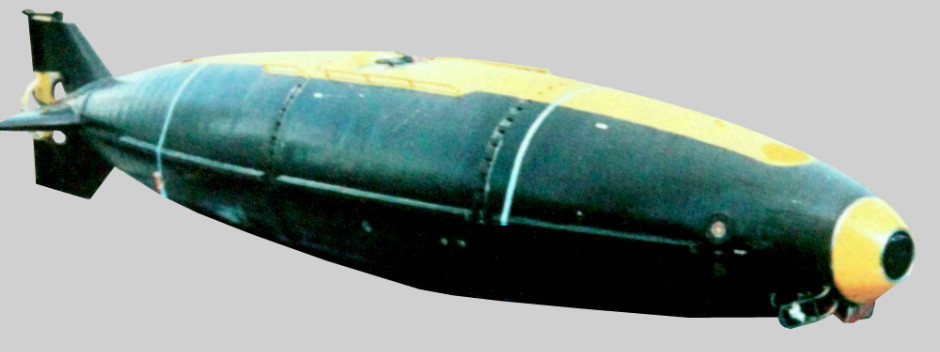
History: Orca
The Narwal started life in 1987 as the Orca concept from German naval electronics firm STN Systemtechnik Nord (later STN Atlas Elektronik). The Orca was very similar to the final design but recognizable by a low squat sail-like structure over the main hatch, and large horizontal stabilizers. From the outside, it would appear that the internal arrangement was already similar to the final Narwal.

The Narwal was launched in Kiel in 1989 and served until the mid-1990s, being publically revealed for the first time in October 1996. The Orca name stuck and the Narwal is often referred to as Orca.
It is generally said that only a single prototype was built, but there are credible rumors that a second hull was built. The existence and fate of the second boat is subject to speculation.
Learn EVERYTHING about Special Forces subsCovert Shores 2nd Edition. A world history of naval Special Forces, their missions and their specialist vehicles. SEALs, SBS, COMSUBIN, Sh-13, Spetsnaz, Kampfschwimmers, Commando Hubert, 4RR and many more.
Check it out on Amazon
Design
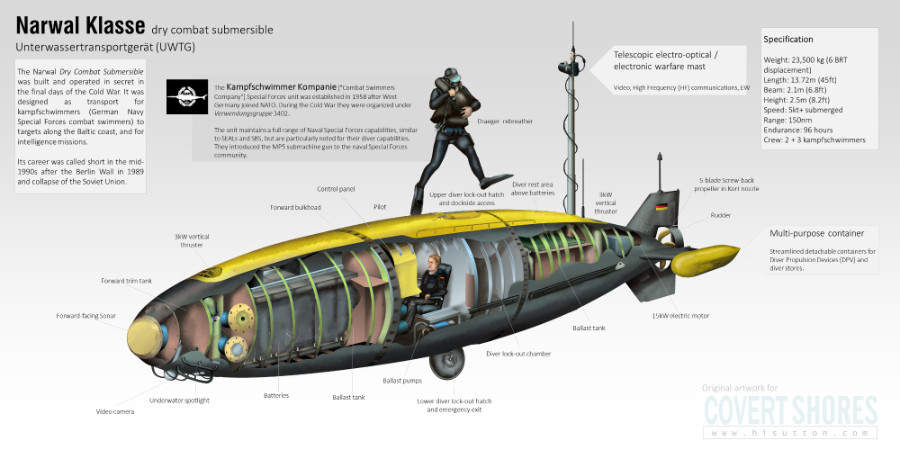
CLICK IMAGE FOR HIGH RESOLUTION
The all-electric Orca/Narwal design is split into three sections by two heavy bolted bulkheads. These can probably be unbolted to break the boat down for easy maintenance. The forward and aft sections are dominated by massive submarine batteries which take up most of the hull. Either side and below these batteries are the ballast tanks which allow the submarine to dive and surface again. As you might expect from STN Systemtechnik Nord the nose is occupied by an array of sonar and TV sensors which were generally more sophisticated and extensive than those fitted to equivalent craft of the period. Behind the forward facing sonar is a vertical thruster which removes the need for forward hydroplanes.
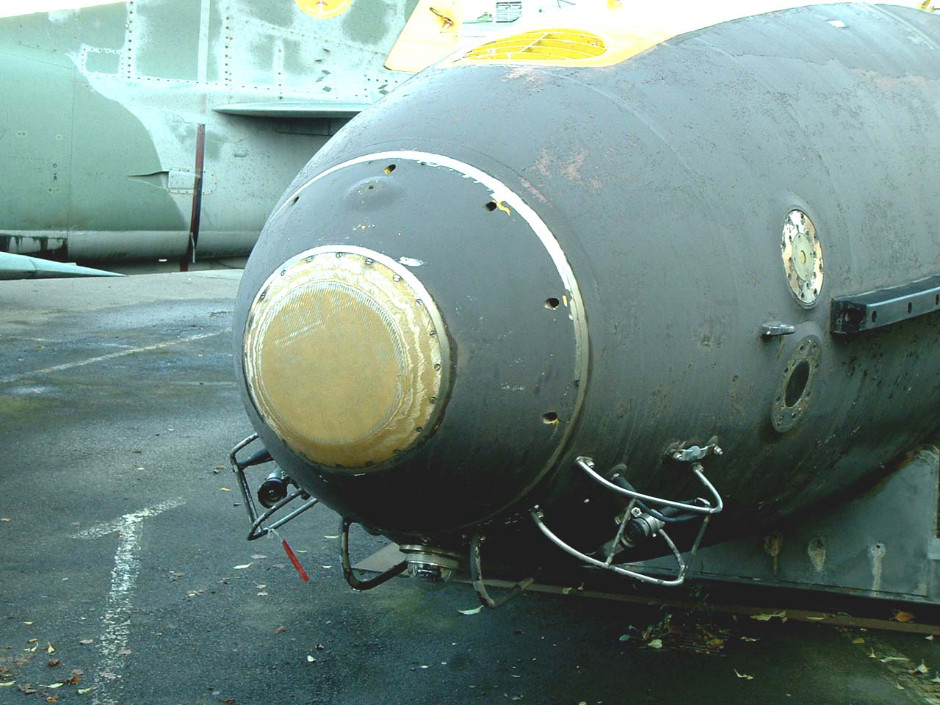
The center of the submarine is the crew compartment with two forward facing pilot seats in the forward half, and the diver lock-out chamber in the aft section of the compartment. The lock-out chamber has access hatches in both the top and bottom allowing bubble-free exit which the boat is near the surface, or top-exit if the boat is bottomed on the seabed. The lower hatch could possible also be used to mate with a mother submarine (a capability alluded to but unclear if realized).
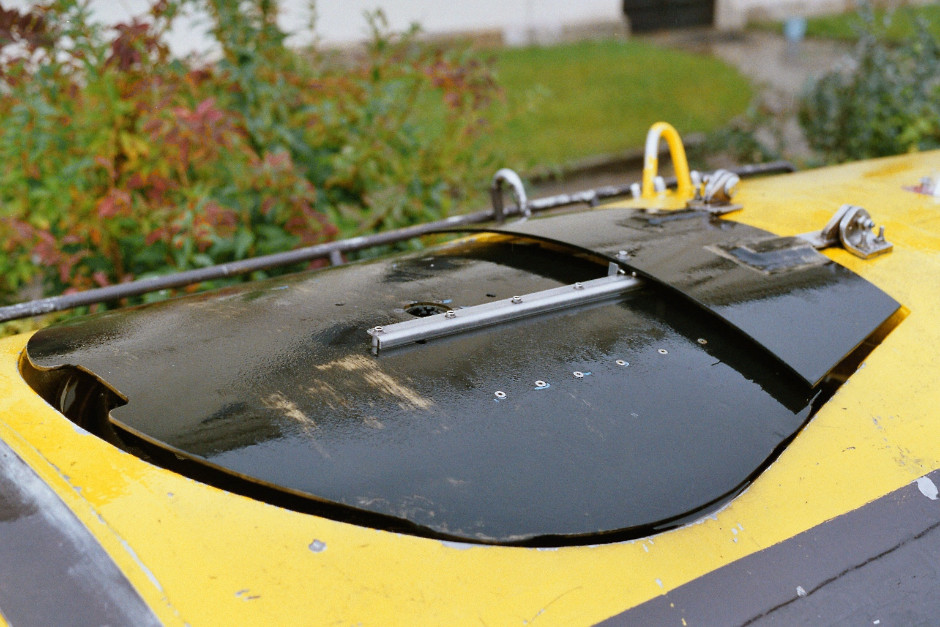
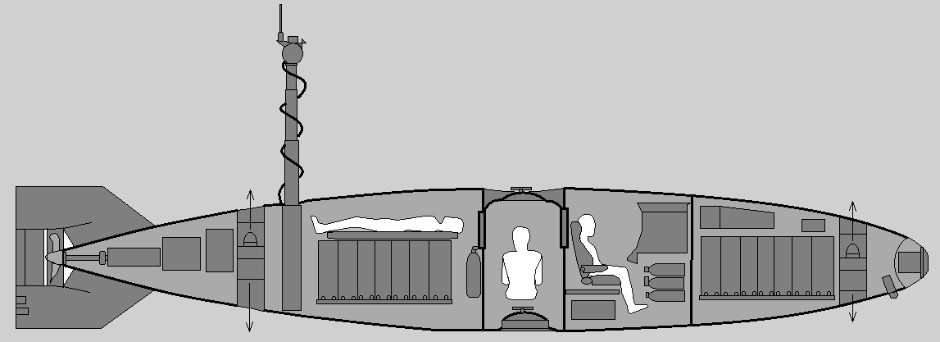
The aft section is again mostly battery, with another vertical thruster and then the main electric motor driving a shrouded five blade screwback propeller. Above the batteries there is a bed-like space for two kampfschwimmers. This space appears incredibly cramped and claustrophobic.
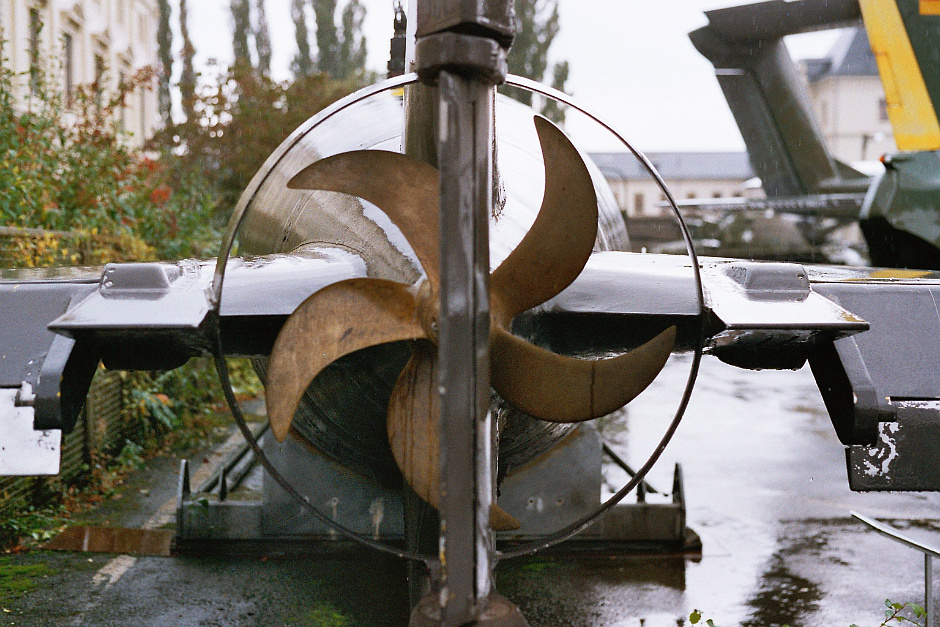
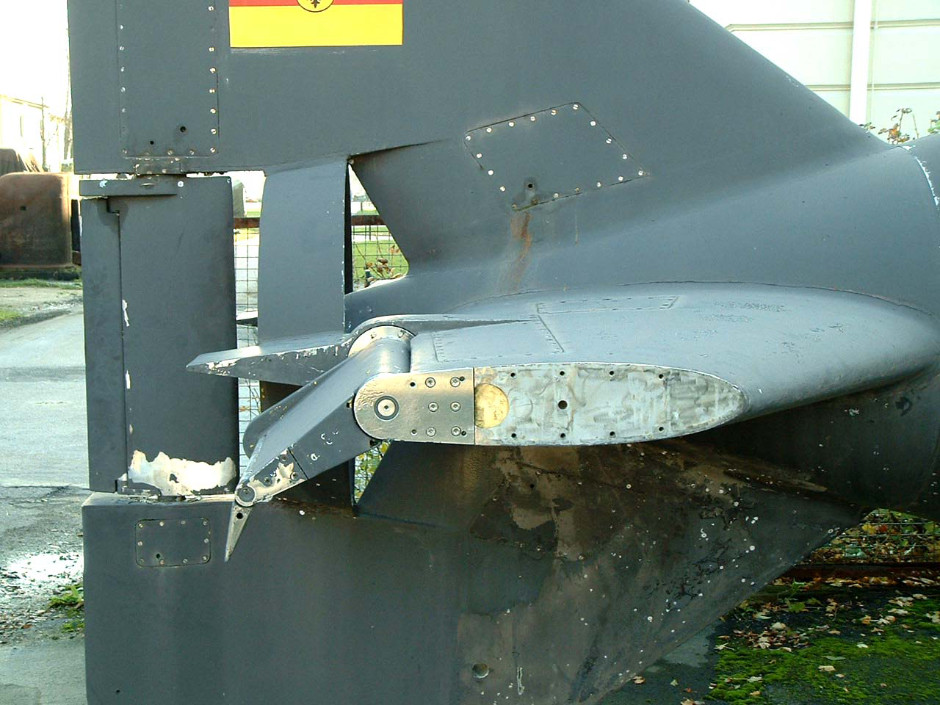
One particularly unusual feature of the Narwal was that the external payload was carried in multipurpose containers attached to the aft hydroplanes. These may have been used for Diver propulsion Vehicles (DPVs) or other special forces stores.
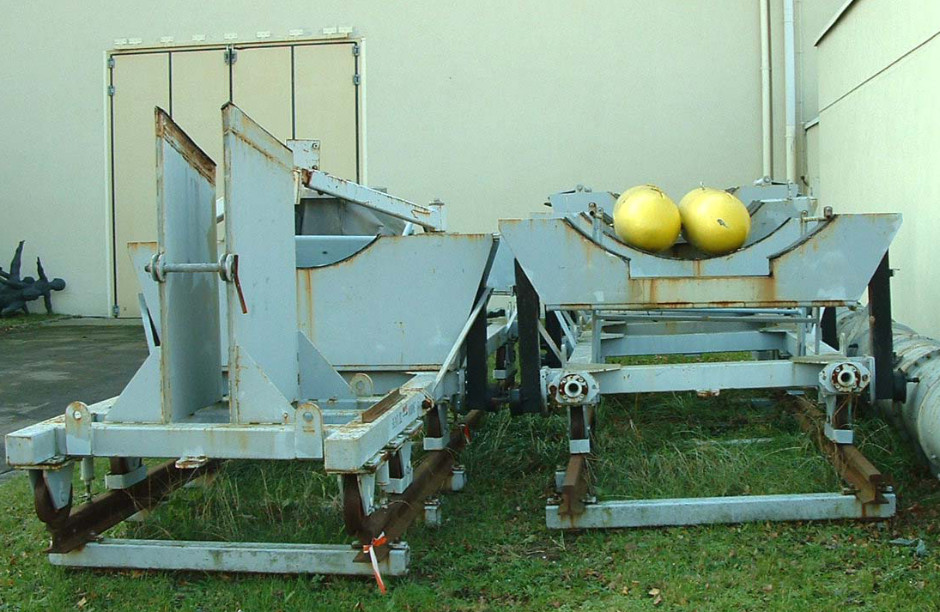
A carriage used to transport the Narwal with the two yellow multipurpose containers resting on the right-hand section.
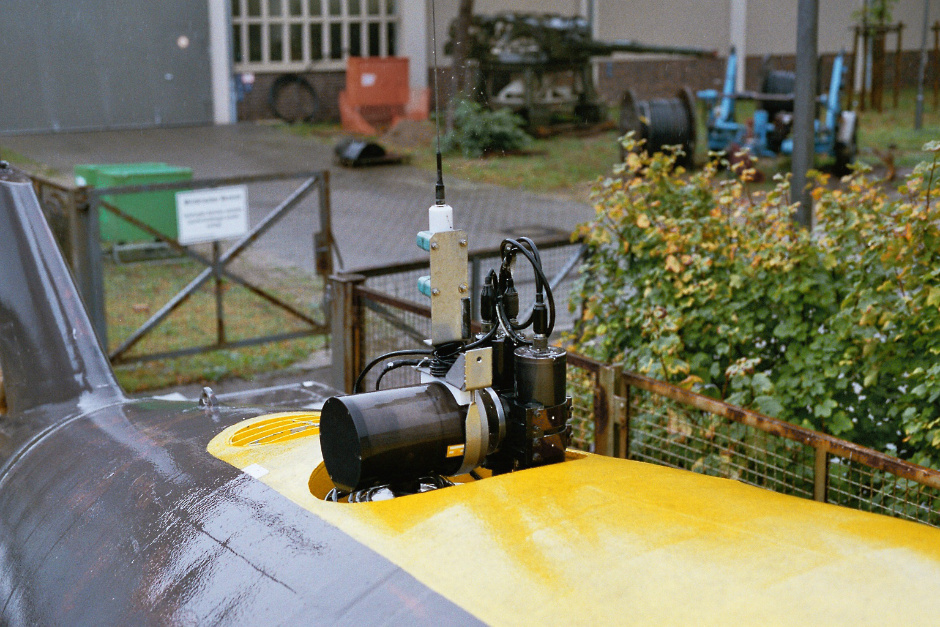
The aft section s also where the telescopic mast was mounded. Somewhat ahead of its time, instead of being an optical periscope, the mast carried a multi-sensor load including a steerable TV camera. The mast was used for surveillance and communications without exposing the boat above the surface.
Specification
Weight: 23,500 kg (6 BRT displacement)
Length: 13.72m (45ft)
Beam: 2.1m (6.8ft)
Height: 2.5m (8.2ft)
Speed: 5kt+ submerged
Operating depth: 100m (330ft) reported
Range: 150nm
Endurance: 96 hours
Crew: 2 + 3 kampfschwimmers
Electronics: Sonar, downward doppler, echosounder, TV mast, nose-mounted TV, GPS, Electronic Warfare sensors, comms
Fate
After its retirement the Narwal was displayed at the Bundeswehr Museum in Dresden. Sadly it was placed in open storage during the recent rebuilding of the museum and appears to still be rotting in the corner of a storage area. It is unclear what fate awaits this rare and fascinating boat.
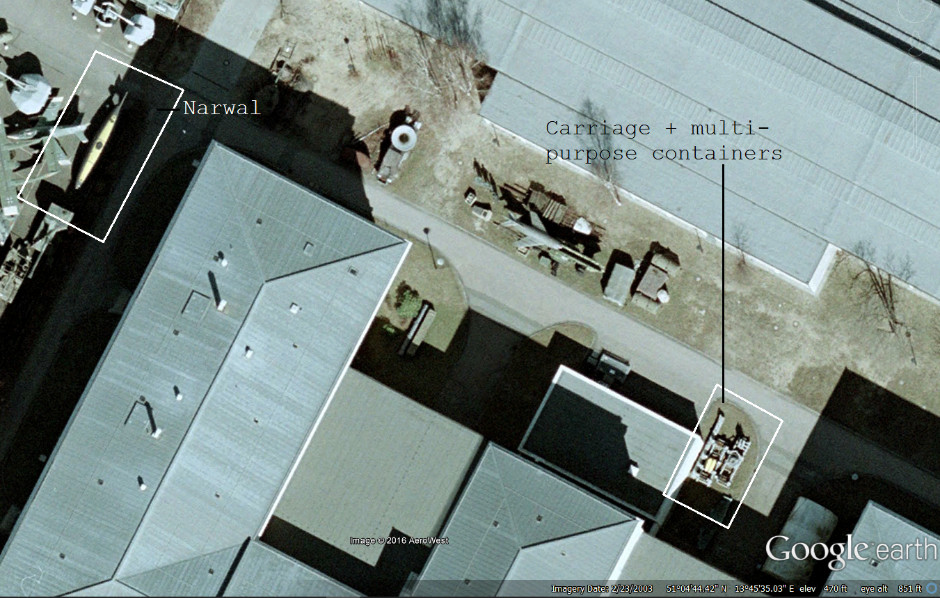
Related articles


 UOES3 (Button 5.60) dry SEAL Delivery Vehicle
UOES3 (Button 5.60) dry SEAL Delivery Vehicle

 Naval Spetsnaz in Hybrid Warfare (Russian SDVs and DPVs)
Naval Spetsnaz in Hybrid Warfare (Russian SDVs and DPVs)


 Lockheed S301i, S351 and S302 Dry Combat Submersibles
Lockheed S301i, S351 and S302 Dry Combat Submersibles

 Rotinor BlackShadow 730 and Divejet 414 Diver Propulsion Vehicles
Rotinor BlackShadow 730 and Divejet 414 Diver Propulsion Vehicles

 CSS-1 collapsible SDV
CSS-1 collapsible SDV

 Gabler Sea Devil Swimmer Delivery Vehicle
Gabler Sea Devil Swimmer Delivery Vehicle

 Bonex HP and HP Shuttle Diver Propulsion Vehicles
Bonex HP and HP Shuttle Diver Propulsion Vehicles

 Triton-NN Submersible Boat
Triton-NN Submersible Boat

 Polish Blotniak SDV
Polish Blotniak SDV


